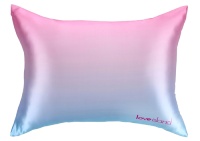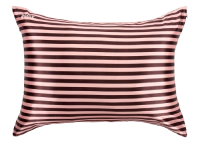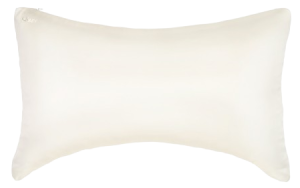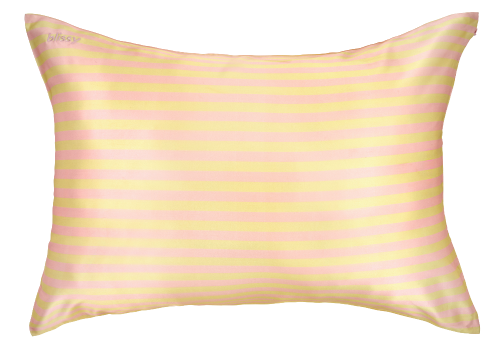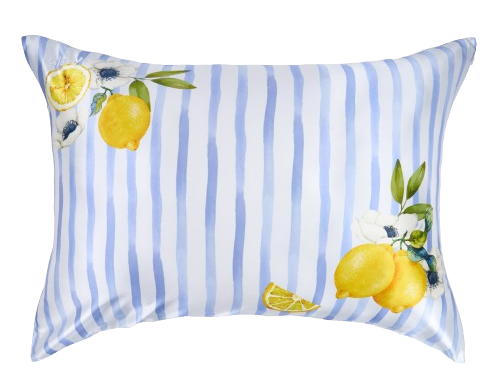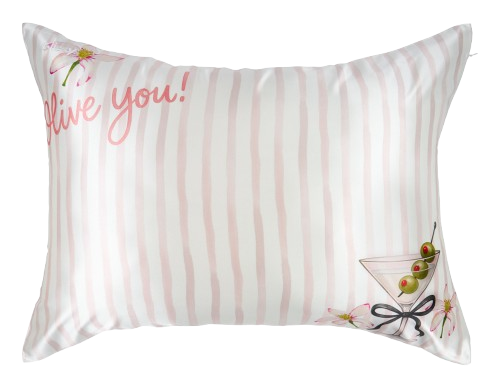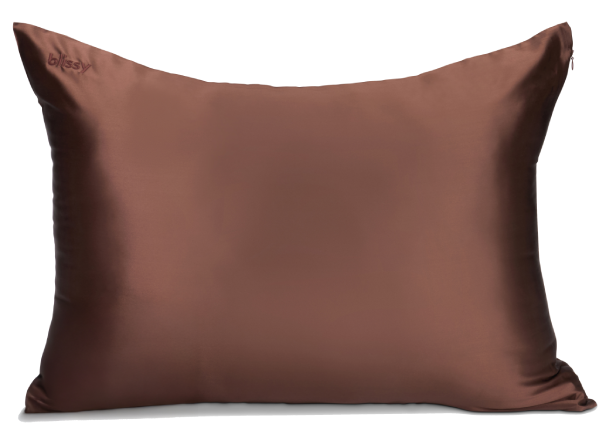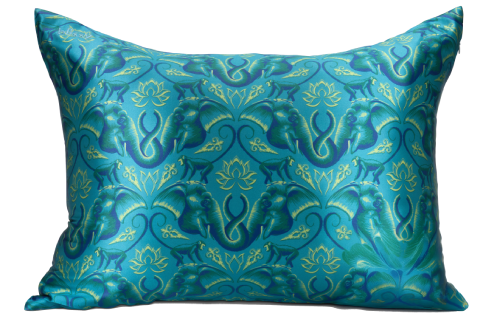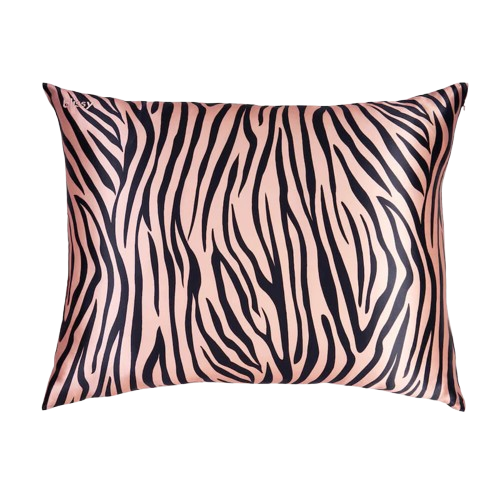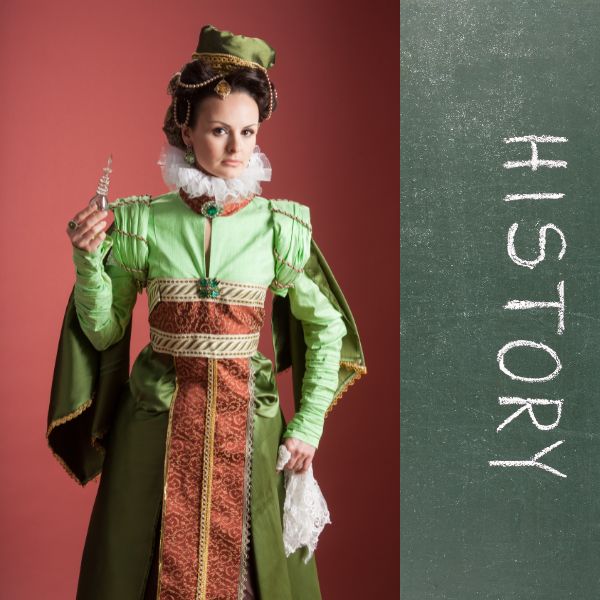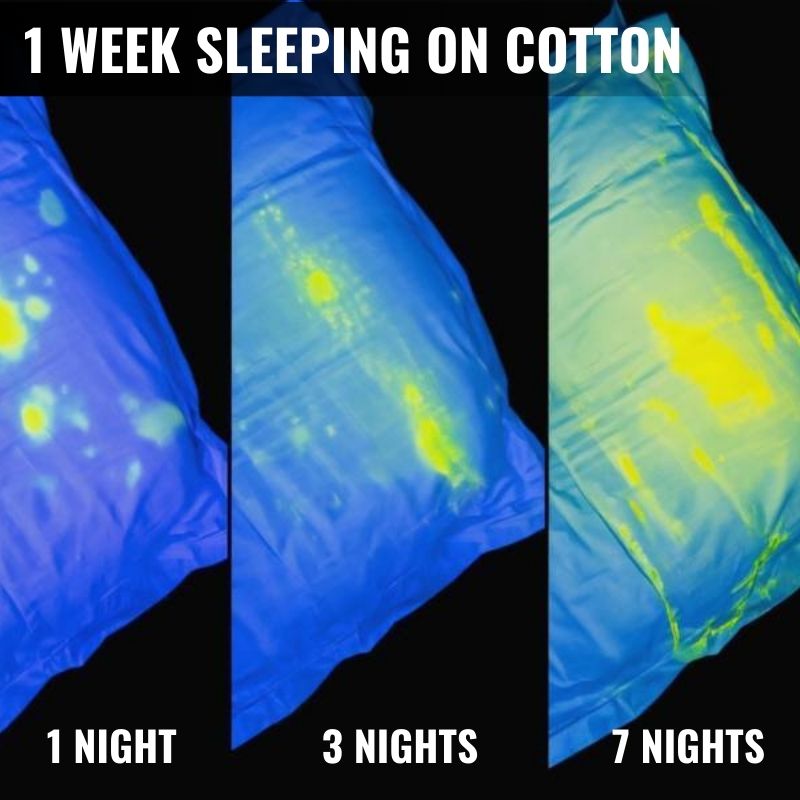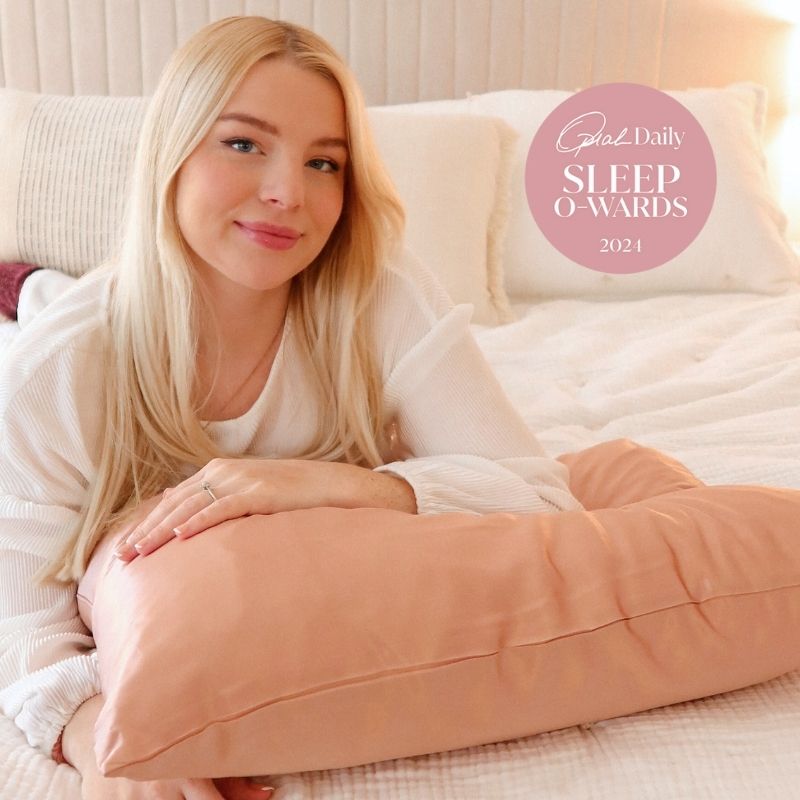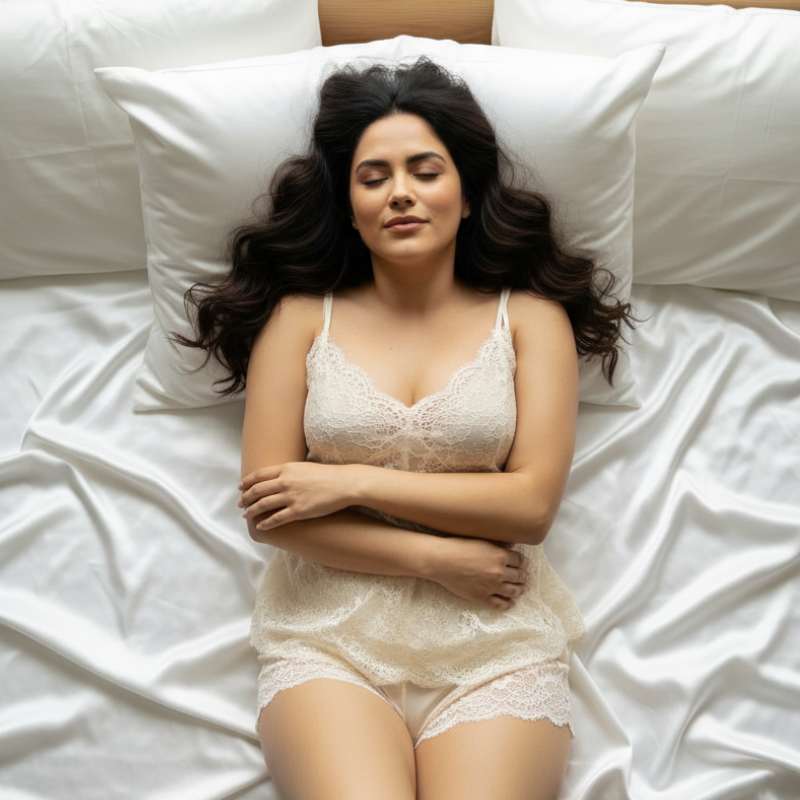The history of silk began in ancient China. According to Chinese legends, silk was first discovered by Empress Hsi Ling Shih, when sitting beneath a mulberry tree sipping tea. When a cocoon fell into her teacup and started to unravel, she loved the shiny strands of what later became known as mulberry silk.
The Bombyx mori silk worm created the cocoon. This discovery led to the beginning the cultivation of silk. The Empress is also said to have developed the loom for weaving silk.

Silk Cloth Used to be for Royalty Only
Empress Hi Ling Shih married the fabled Emperor Huangdi. Huangdi ruled China around 3,000 B.C.
In the beginning of silk history, only the Emperor could wear the fabric, along with the people in his family he allowed.
Legends describe the Emperor wearing white silk inside his palace and yellow outside. He also allowed his heir and main wife (that's another story) to do the same.
Over time, the use of the coveted textile began to spread through Chinese culture and more people began to wear it. Chinese silk exports also spread throughout east Asia as fine fabrics because of its texture and sheen.

What Is "The Silk Road"?
China maintained control over the silk industry for some time, even experiencing an economic boom exporting silk. But they were not the only ones who could manufacture silk.
Silk cultivations spreads west
Silk cultivation spread to countries as far away as Persia in the 6th century and Europe in the 12th. These countries also established a successful textile trade. During the Second Crusade, thousands of silk weavers made their way to Italy along the Silk Road.
The Silk Road was the name of the trade route networks that connected China and Asia to Europe and the Middle East. Trade with the West began during the Han Dynasty in 130 B.C.
The Silk Road continued until 1453 A.D. when the Ottoman Empire shut the Silk Road down. But by this time, many cultures had their own silk industry, including in Medieval Europe.

Raw Silk: The Most Luxurious Fabric
Silk weaving techniques and production had spread to many cultures outside of China. But the silk market was still only available to royalty and wealthy merchants. Nowadays, modern silk manufacturing has made the fabric available and affordable to anyone.
Japan comes on the scene
Modern silk production began in the 19th century with the industrial revolution. Japan's cheaper flourishing industry of raw silk production replaced the European silk industry. Trade was also made easier by the opening of the Suez Canal.

China maintains a hold on the silk industry today
In the 1970s, China regained its status as the leader in silk production. Today, Chinese silk makes up about two-thirds of the global supply. Now regular people can enjoy the unique texture and luster of silk, along with its other beneficial properties.
The Silk Industry in France
The French history of silk began in 1466 when King Louis XI decided to establish a national silk industry in Lyon, France.
In the 1500s, 2 French merchants in Lyon earned permission from the crown to build a silk trade. Lyon was later granted total control over silk production.

The rise of French silk fashions
By the 16th century, the French market in Lyon became the center of the European silk trade with a focus on fashion. The European luxury textile industry moved away from original oriental styles. Instead, they began featuring embroidered silk landscapes.
When mechanical looms were invented, manufacturers could make an endless supply of patterned silk. These textiles were used in the design of many reputable fashions.
By the 18th century, Lyon's total industrial activity was notably producing French silk as their main export.
Modern Uses of Silk in France
Today, Lyon is still one of the world's largest producers of modern day silk production. They use automatic looms and new weaving technologies in their manufacturing.

Many silk makers have specializations. Some restore ancient fabrics or collaborate with top French clothing designers. Famous brands, like Hermès and Chanel, use silks with their own distinctive style from Lyon.
Some uses for modern silk include:
- Bridal and formal wear: Silk drapes beautifully and gives a dressy appearance
- Ties and scarves: Silk is strong and can be dyed in many colors
- Bedding: Silk sheets and pillowcases are soft and temperature regulating
- Parachutes: Silk was the original raw material used because of its strength and elasticity
- Upholstery: Silk threads are used for their durability to cover furniture and pillows
- Wall hangings: Silk is used for wall decorations because of its reaction to colors and dyes
- Bicycle tires: Silk provides lightness, durability, and flexibility to a tire's casing
- Surgical sutures: Silk doesn't cause any autoimmune response

Silk Stands the Test of Time
Silk has been manufactured for thousands of years—as far back as the first millennium BC or earlier. Yet people still value silk fabric as preferable over cotton, wool, and other fabrics. That's because of silk's many benefits.
- Silk retains moisture: It doesn't absorb moisture like cotton, keeping skin vibrant.
- It's hypoallergenic and may help ease skin conditions.
- Silk contains albumin and sustained usage reduces wrinkles and fine lines
- It doesn't tangle hair during sleep
- It regulates body temperature from cold or heat
- Silk's texture feels luxurious and soft to the touch
Silk's Anti-Aging Properties
Silk has been a versatile fabric for generations. One of its many benefits is that promotes anti-aging. Because of its soft texture, silk doesn't pull on skin while you're asleep. This is one of the best benefits of using silk pillowcases.
Other anti-aging properties include:
- Silk's 18 amino acids and natural proteins help skin regenerate while sleeping
- Silk has lower absorption than cotton, helping keep skin hydrated
- Silk's enzymes help control acne and other skin conditions
- Silk won't absorb creams or lotions after application so they stay on your skin

Blissy’s Top-Quality Silk Continues the Tradition of Fine Silk
Blissy has embraced the traditional qualities of fine silk. But we've taken it a step further with OEKO-TEX certified mulberry silk. This label ensures Blissy silk is safe, non-toxic, and eco-friendly.
If you are looking for way to add some luxury to your life, Blissy is a great way to start. You can find Blissy in stores including Macy's, Nordstrom, Nordstrom Rack, Mattress Firm, Belk, and Hudson Bay. Or visit us online.



